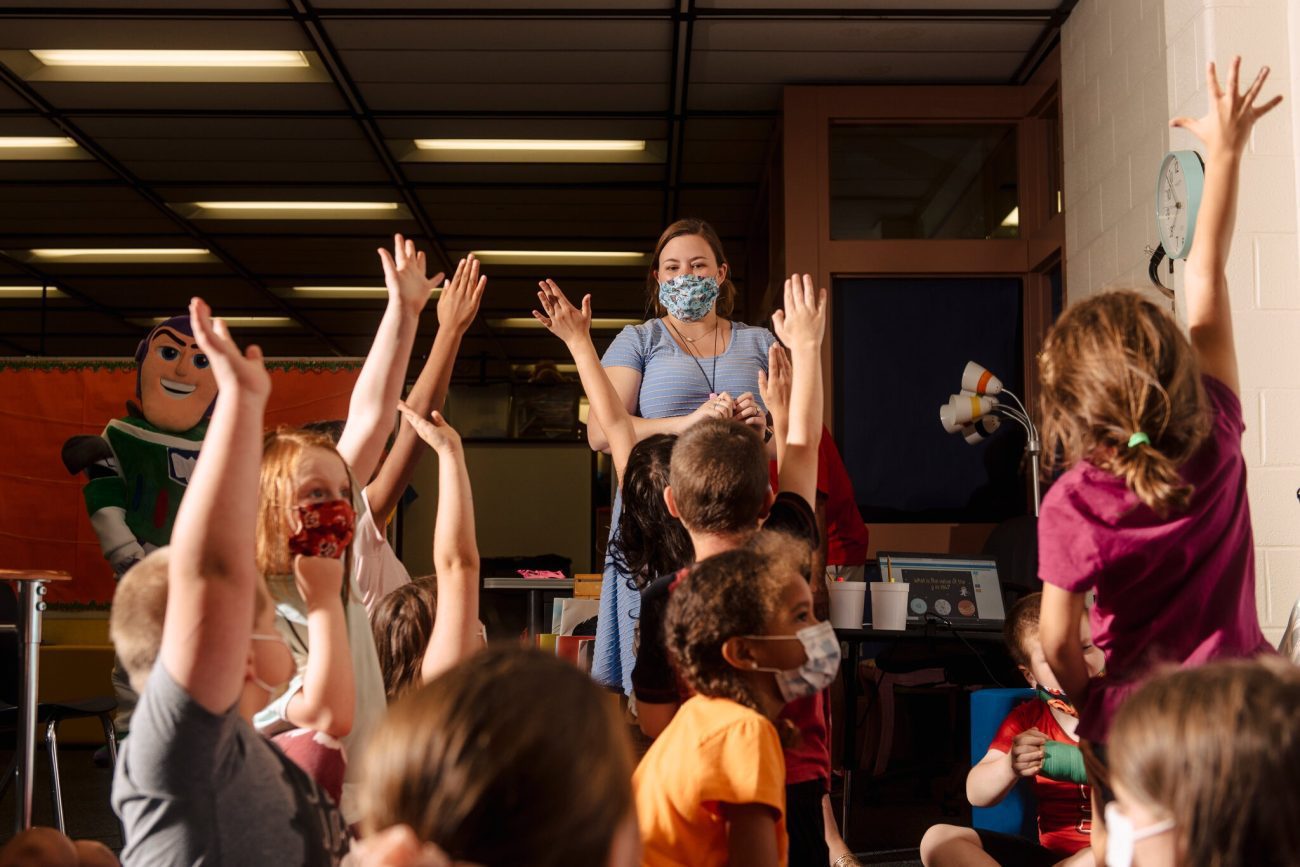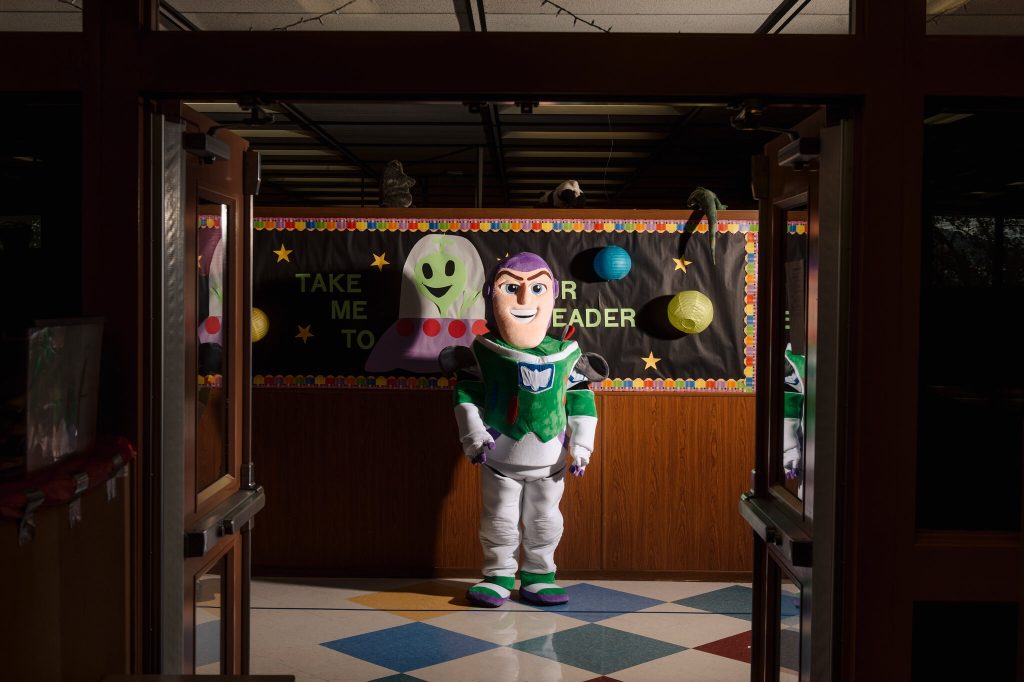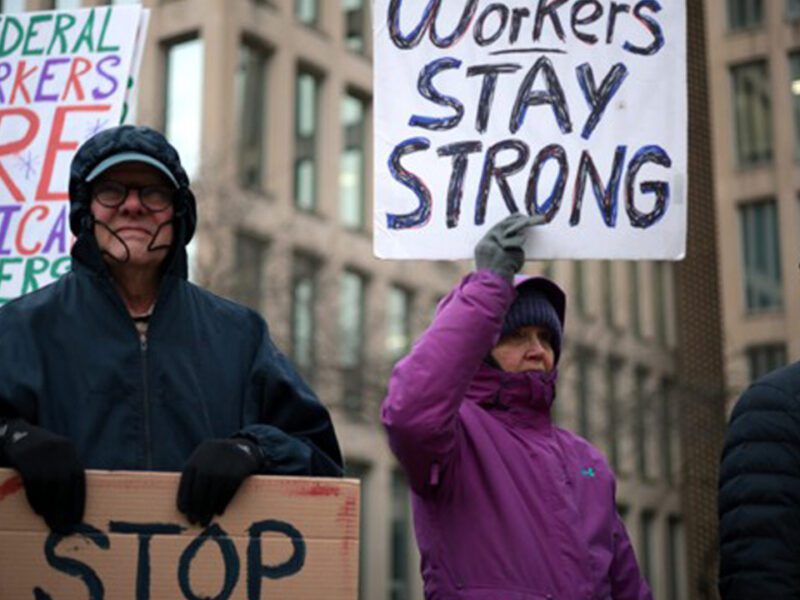
Schools Are Receiving $129 Billion in Stimulus Aid. Where Is It Going?
There’s money for summer schools, tutors and field trips, but other urgent needs will not be addressed.
New York Times | By Madeleine Ngo and Kate Taylor | July 13, 2021
In Dallas, the school district has big plans for its share of federal stimulus money, including hiring about 1,300 tutors. New hires, though, are being handed a sheet of paper that says their positions may last for only two or three years.
Bristol Virginia Public Schools wants to use the federal money for one of its most pressing needs, replacing aging school buildings. But since that is most likely not allowed, it will use some of the money to fund a summer field trip to Florida.
Legislators in Wisconsin have said the federal money for schools means that the state can limit education spending, leaving districts to figure out whether the federal funds can make up for the state shortfall.
Educators across the country are eagerly making plans to spend their share of the roughly $129 billion allocated to aid schools under the Biden administration’s stimulus legislation, signed in March. The money is intended to help schools reopen during the pandemic, and according to the act, at least 20 percent must be spent on helping students recover academically from the effects of school closures and remote learning.
Districts say the money will allow them to hire tutors, social workers and mental health counselors; enlarge summer enrichment programs; and reduce class sizes. But even as they welcome the help, some superintendents are finding that the funds come with complications and unintended consequences, and in some cases, cannot be spent on all of their top priorities.
Keith Perrigan, the superintendent of Bristol Virginia Public Schools and the president of the Coalition of Small and Rural Schools of Virginia, said schools in his district were open all last year. By the end of the year, a vast majority of his 2,100 students were attending in person.
“We really don’t need any help reopening,” he said.
Instead, he said that he and other superintendents of rural districts in Virginia would like to use the new money to replace decrepit buildings. But the Education Department has discouraged using the funds for new school construction, and in any case, the time frame in which the funds must be spent — by the end of January 2025 — makes doing so nearly impossible, Dr. Perrigan said.
So Dr. Perrigan is spending the money on things like hiring behavioral specialists and offering an enhanced summer program, in which middle and high school students can go on a trip to the Kennedy Space Center in Florida.
“Taking kids to the Kennedy Space Center is an awesome singular event,” he said, “but it’s not going to have the lasting impact that adding onto one of our existing schools, or a down payment on building a new school, would have on our community for generations to come.”
Like many districts, the Florence Unified School District in Arizona has discovered that a substantial chunk of its federal relief — $14.9 million total over the next three years — will have to be used to make up for its losses from the pandemic. In November, the state informed the district that it would have to cut its last academic year budget by $9.5 million, or 15 percent, because of drops in enrollment, said Denice Erickson, the chief financial officer.
The district is using the federal money to avoid teacher layoffs, cut class sizes, train teachers and scale up its after-school tutoring program. The district also estimates that it will use at least $2 million in federal funds to make up for budget shortfalls this upcoming academic year.
“We’ve been able to stabilize and make sure that we’re able to keep people employed,” Ms. Erickson said.
Another complication for schools is the 2025 deadline. It is not easy to spend such a large amount of money quickly, while also not creating programs that will burden their budgets later on.
“There’s always a concern: When the money goes away, how do you sustain it?” said Walter Gonsoulin, the superintendent of Jefferson County Schools in Alabama. “We think that we’ve done a good job in planning for that, but of course, we have to continue to assess that.”
His district plans to hire 57 part-time teachers — enough to place one in every school — who will pull the most at-risk students out of classrooms for specialized sessions. It will also continue to deep clean buildings.
Michael Hinojosa, the superintendent of Dallas Independent School District, said the district planned to use some of its $543 million to hire about 1,300 new math, science and humanities tutors. But he said the district was being “very cautious” — hence the warning letter to the new employees.
Some district leaders question the deadline — and whether students can fully make up for academic losses by then. Exactly how far students have fallen behind is not yet clear, but in Texas, the pandemic appeared to have erased several years of gains in reading and math scores. The decline was greatest among poor students and those who were learning remotely.
“It’s going to take more than two or three years,” said John Davis, the chief of schools at Baltimore City Public Schools. “This stuff should be sustained because there’s going to be kids that are behind.”
Federal officials have acknowledged the challenges that schools face but pointed to other Biden administration proposals, including its American Families Plan, that would, among other things, offer more money for preschool.
“We know that beyond recovery, we have more work to do to make sure our schools emerge from this crisis better than they were before,” Kelly Leon, a spokeswoman for the Education Department, said in a statement.

But Jeanne Allen, the chief executive of the Center for Education Reform, said the timeline to spend the funds was “more than generous” and should be shorter so districts focus on the effects of the pandemic. She added that the concerns about a funding cliff were a “perceived problem” because the need for tutors in three years may not be as great.
“It’s not just a little frustrating,” Ms. Allen said. “It’s aggravating, and is to a lot of rank-and-file citizens, that districts want to talk about capital when there are so many things we need to be doing for students.”
Some educators are confident they can prove the relief is money well spent. The San Antonio Independent School District plans to increase its base salary by 2 percent for staff members and extend the school year by 30 instructional days, said Pedro Martinez, the superintendent. It will also double the number of social workers and hire more mental health specialists.
This is a time for schools “to take some risks,” Mr. Martinez said. “We believe that we’ll be able to both show the state and the federal government that these are good investments that actually worked.”
But school financing is often a fraught political issue. Battles over teacher salaries and equity between rich and poor districts can paralyze state legislatures. This federal relief could complicate those debates.
Susan Enfield, the superintendent of Highline Public Schools, a high-poverty district just south of Seattle, said she was grateful for the federal money but concerned that it might lead the public to feel complacent about funding schools.

Republicans, who control the Legislature, criticized the federal relief, with the speaker of the State Assembly calling the amount of federal money school districts were receiving “really kind of obscene” and saying he doubted that they would use it wisely.
Despite the state’s generous surplus, the Legislature gave schools only a small fraction of the money proposed by Gov. Tony Evers, a Democrat. On July 8, Mr. Evers signed the budget, but said that he would direct an additional $100 million in other federal funds to schools.
Some Wisconsin school districts may ask their communities via referendum to raise local property taxes. Others may have to make budget cuts.
And advocates for schools are worried that the shortfall from the state will continue, while the extra federal money will not.
“We see ourselves hitting a fiscal cliff here in the next year or two,” said Kim Kaukl, the executive director of the Wisconsin Rural Schools Alliance, “because we’re just going to use this one-time money, and then there’s not going to be anything there.”





